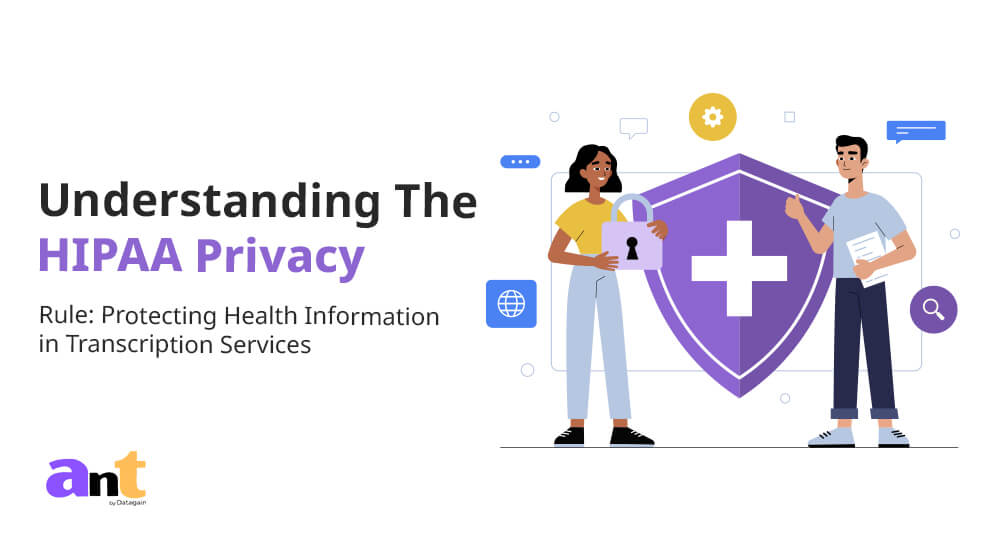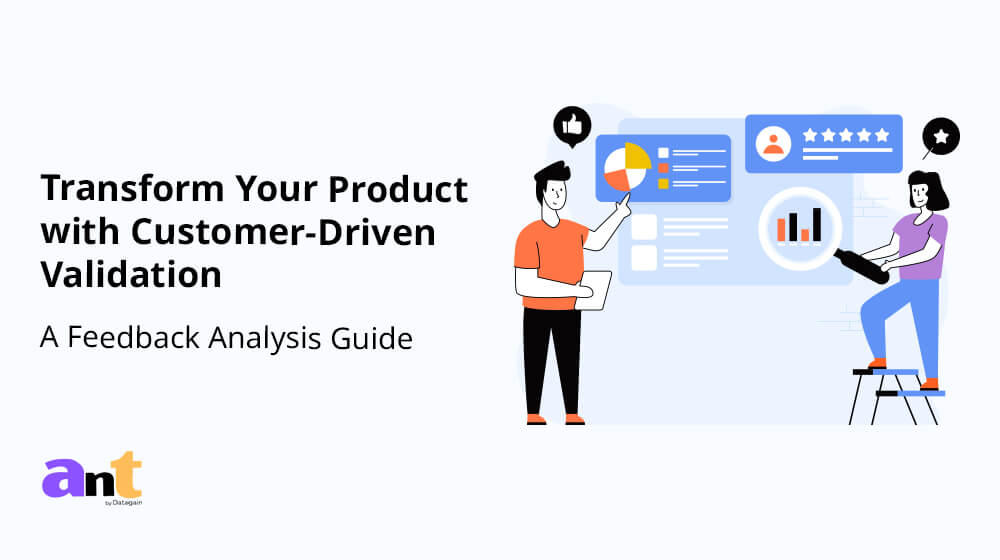The Health Insurance Portability and Accountability Act (HIPAA) Privacy Rule is a crucial regulation that aims to protect individuals’ medical records and other personal health information (PHI). Implemented by the U.S. Department of Health and Human Services (HHS), the Privacy Rule sets national standards for the protection of health information and applies to health plans, healthcare clearinghouses, and healthcare providers that conduct certain healthcare transactions electronically. This article provides an in-depth overview of the HIPAA Privacy Rule and its implications for protecting health information.
Overview of the HIPAA Privacy Rule
The HIPAA Privacy Rule establishes standards for the protection of PHI held by covered entities and their business associates. PHI includes any information that relates to:
- The individual’s past, present, or future physical or mental health or condition.
- The provision of healthcare to the individual.
- The past, present, or future payment for the provision of healthcare to the individual.
The rule grants individuals several important rights regarding their health information:
- The right to access their health information.
- The right to request corrections to their health information.
- The right to receive an accounting of disclosures.
- The right to request restrictions on certain uses and disclosures.
Key Provisions of the HIPAA Privacy Rule
- Use and Disclosure of PHI: The Privacy Rule permits the use and disclosure of PHI without patient authorization for the purposes of treatment, payment, and healthcare documentation. Other uses and disclosures generally require the individual’s written authorization.
- Minimum Necessary Standard: When using or disclosing PHI or when requesting PHI from another covered entity, entities must make reasonable efforts to limit the information to the minimum necessary to accomplish the intended purpose.
- Notice of Privacy Practices (NPP): Covered entities must provide a Notice of Privacy Practices to patients, outlining how their information will be used and protected, and detailing their rights under the Privacy Rule.
- Safeguards: Covered entities must implement administrative, physical, and technical safeguards to protect PHI from unauthorized access, use, or disclosure.
- Business Associates: Covered entities must ensure that their business associates—entities that perform functions or activities on their behalf involving the use or disclosure of PHI—comply with the Privacy Rule through written agreements.
The Role of Transcription in HIPAA Compliance
Transcription services, which involve converting spoken words into written text, play a vital role in the healthcare industry. Medical transcriptionists transcribe physicians’ dictated notes into written reports, patient records, and other documents. Given the sensitivity of the information involved, transcription services must comply with the HIPAA Privacy Rule to ensure the protection of PHI.
- Business Associate Agreements (BAAs): Transcription service providers are considered business associates under HIPAA. Healthcare providers must enter into Business Associate Agreements with transcription services, ensuring that they adhere to the same standards for protecting PHI.
- Confidentiality: Transcriptionists must be trained to handle PHI confidentially. They should be aware of the importance of maintaining patient privacy and the legal implications of unauthorized disclosures.
- Secure Transmission: The transmission of audio files and transcribed documents must be secure. Encryption and secure file transfer protocols should be used to prevent unauthorized access during transmission.
- Access Controls: Transcription service providers should implement strict access controls to ensure that only authorized personnel have access to PHI. This includes the use of passwords, user authentication, and role-based access controls.
- Data Storage and Disposal: Transcriptionists must follow secure data storage practices, ensuring that PHI is stored in a secure environment. Additionally, proper disposal methods must be used for any PHI that is no longer needed, such as shredding printed documents or securely deleting electronic files.
Ensuring Compliance and Best Practices
To ensure compliance with the HIPAA Privacy Rule, both healthcare providers and transcription services should implement best practices:
- Regular Training: Conduct regular training sessions for employees on HIPAA regulations and the importance of protecting PHI.
- Audit and Monitoring: Regularly audit and monitor access to PHI to detect and respond to any unauthorized access or breaches promptly.
- Incident Response Plan: Develop and maintain an incident response plan to address potential breaches of PHI, including notification procedures and mitigation strategies.
- Patient Education: Educate patients about their rights under HIPAA and how their information is protected. Provide clear and accessible information through the NPP.
Key Challenges in Transcription Compliance
1. Maintaining Accuracy and Quality: Ensuring that transcriptions are accurate and of high quality while maintaining patient confidentiality can be challenging. Errors in transcription can lead to miscommunication and potential breaches of PHI.
2. Handling Large Volumes of Data: Transcription services often deal with large volumes of data. Managing this data securely and efficiently while complying with HIPAA requirements is a significant task.
3. Adapting to Technological Changes: With the rapid advancement of technology, transcription services must continually update their systems and processes to stay compliant with the latest security standards.
4. Training and Retention of Skilled Personnel: Regular training is crucial, but retaining skilled transcriptionists who understand the importance of HIPAA compliance can be difficult.
Technology and Transcription: Enhancing Security
1. Encryption: Implementing encryption for both storage and transmission of PHI ensures that data is protected from unauthorized access.
2. Secure File Transfer Protocols (SFTP): Using SFTP for the transfer of audio files and transcribed documents adds an extra layer of security.
3. Voice Recognition Software: Advanced voice recognition software can assist in reducing errors and improving the efficiency of the transcription process while maintaining compliance.
4. Cloud Storage Solutions: Secure cloud storage solutions can help manage and store large volumes of transcription data while ensuring compliance with HIPAA security standards.
5. Electronic Health Records (EHR) Integration: Integrating transcription services with EHR systems can streamline the process and ensure that PHI is securely managed and easily accessible to authorized personnel.
The Future of Transcription in Healthcare
The role of transcription in healthcare continues to evolve with advancements in technology and increasing emphasis on patient privacy. Future trends may include:
- Increased Automation: The use of artificial intelligence and machine learning to automate transcription processes while maintaining accuracy and compliance.
- Enhanced Security Measures: Continued development of robust security measures to protect PHI in an increasingly digital world.
- Greater Integration with EHRs: Improved integration with EHR systems to streamline workflows and enhance the accessibility of health information.
- Focus on Training and Education: Ongoing emphasis on training and educating transcriptionists about HIPAA compliance and the importance of protecting patient information.
Legal Implications of Non-Compliance
1. Fines and Penalties: Understanding the potential fines and penalties for HIPAA violations, which can range from thousands to millions of dollars depending on the severity and nature of the breach.
2. Legal Actions: Recognizing the possibility of legal actions taken by patients or regulatory bodies in response to breaches of PHI.
3. Reputational Damage: Considering the impact of non-compliance on the organization’s reputation, which can lead to loss of trust and business.
4. Compliance Audits: Preparing for potential compliance audits by regulatory bodies and ensuring all necessary documentation and procedures are in place.
5. Liability Insurance: Exploring liability insurance options to cover potential costs associated with HIPAA breaches and legal actions.
Emerging Technologies in Transcription
1. Artificial Intelligence (AI) and Machine Learning (ML): Exploring how AI and ML can improve transcription accuracy, speed, and compliance. These technologies can assist in real-time transcription and error reduction, thereby enhancing the protection of PHI.
2. Natural Language Processing (NLP): Utilizing NLP to understand and process medical terminologies accurately. This technology can help in converting speech to text more effectively, ensuring higher quality transcriptions.
3. Blockchain for Data Security: Investigating the use of blockchain technology to enhance the security and integrity of transcribed data. Blockchain can provide a transparent and immutable record of access and changes to PHI, ensuring robust data protection.
4. Automated Quality Control: Implementing automated quality control systems that use advanced algorithms to detect and correct errors in transcriptions. These systems can ensure that transcriptions meet high standards of accuracy and compliance.
5. Wearable Devices and IoT: Integrating transcription services with data from wearable devices and the Internet of Things (IoT). Ensuring that the data collected from these devices is accurately transcribed and protected according to HIPAA standards.
To learn more about how privacy policies assist in transcription services, you can find detailed information here.
HIPAA Compliance Audits and Monitoring
1. Internal Audits: Conducting regular internal audits to assess compliance with HIPAA regulations. These audits can help identify potential weaknesses in the transcription process and areas for improvement.
2. External Audits: Engaging third-party auditors to perform comprehensive reviews of transcription services and ensure compliance with HIPAA. External audits provide an unbiased assessment of compliance status and suggest actionable improvements.
3. Continuous Monitoring: Implementing continuous monitoring systems to track the use and access of PHI in real-time. These systems can alert administrators to potential breaches or non-compliant activities immediately.
4. Audit Logs and Documentation: Maintaining detailed audit logs and documentation of all transcription activities. This documentation is crucial for demonstrating compliance during audits and can help resolve disputes or investigations.
5. Corrective Action Plans: Developing and implementing corrective action plans to address issues identified during audits. These plans should outline specific steps and timelines for achieving compliance and improving transcription processes.
Ensure HIPAA compliance and protect sensitive health information with Ant Datagain secure transcription services. Our expert transcriptionists, advanced technology, and robust security measures guarantee accurate and confidential transcription solutions. Trust us to handle your healthcare transcription needs.
Contact us today to learn more and ensure the privacy and security of your patients’ information.

















